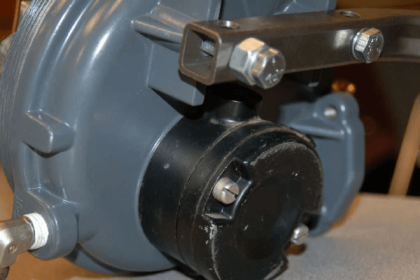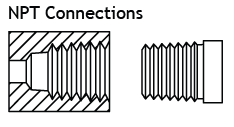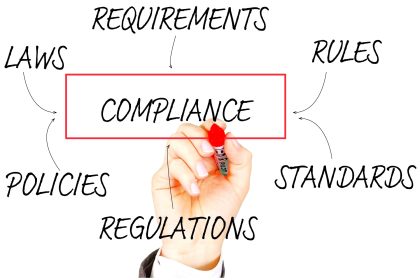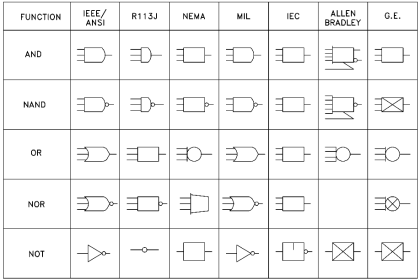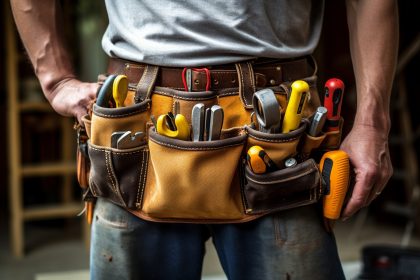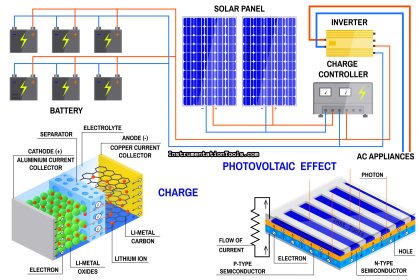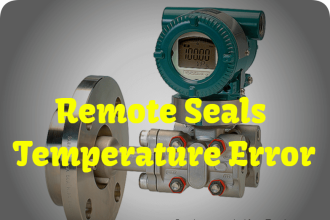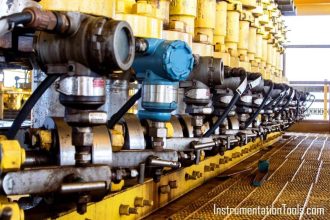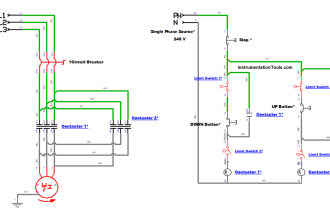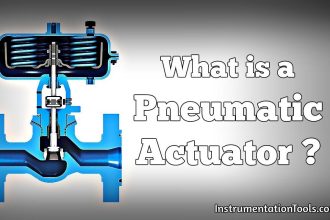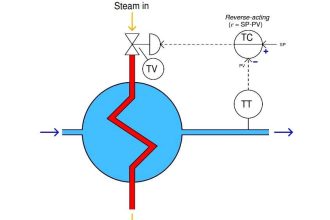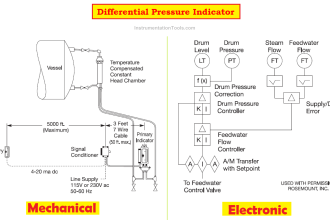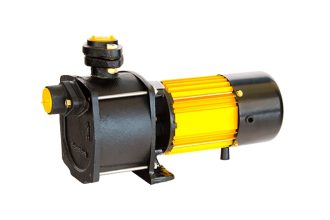SAYBOLT VISCOMETER
A device used to measure the viscosity of a fluid. The saybolt viscometer controls the heat of the fluid and the viscosity is the time is takes the fluid to fill a 60cc container.
The device used for measurement of viscosity is known as viscometer .
- The viscosity of a fluid is a measure of its resistance to gradual deformation by shear stress or tensile stress.
- The units of viscosity is poise and centipoise .
- specific viscosity is the ratio of the viscosity of fluid to the viscosity of water at 20 degree Celsius. Since the water has a viscosity of 1 cp at 20 degree Celsius.
- Kinematic viscosity is defined as ratio of dynamic viscosity to the density of the fluid.
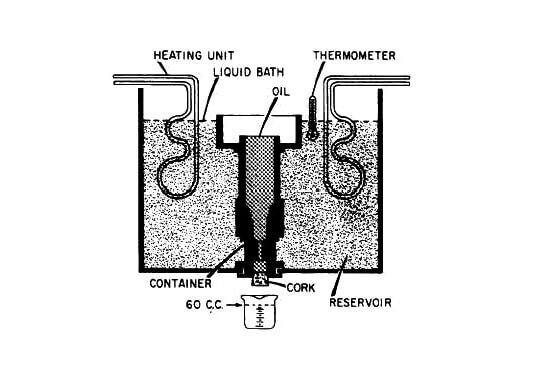
To obtain high accuracy the liquid holding vessel and orifice are temperature controlled by immersing them in a thermostatically controlled bath. The saybolt viscometer, one of the efflux cup viscometers is the standard instrument for testing petroleum products. There are three types of orifices available-Universal, Furol, Asphalt.
The furol and asphalt orifices, respectively, have an efflux time of approximately, one-tenth and one-hundredth that of the universal orifice. The cup orifice combination should be selected to provide an effllux time within the range of 20 to 100 seconds. Of these types, the universal orifice(saybolt universal viscometer) is most commonly used and its efflux time is designated as saybolt universal seconds(SUS).The universal viscometer measures the time required for 60 cc of sample fluid to flow out through an orifice having dimensions of 0.176 cm in diameter and 1.225 cm in length. Saybolt universal seconds (t) can be converted to kinematic viscosity (v) by the following equations:
When t < 100 secs, v = 0.226t – 195/t Centistokes
When t >100 secs, v = 0.220t – 135/t Centistokes
The viscosity determinations should be conducted in a room free from drafts and rapid changes in temperature the highest degree of accuracy.
Advantages
- It has a digital meter to measure temperature and so reading is more accurate and precise.
- The coils wrap around the container uniformly so uniform temperature can be obtained.
- Viscosity can be directly compared for two or more liquids.
Disadvantages
- The main disadvantage of the capillary tube viscometer is the errors that arise due to the variation in the head loss and other parameters.
- Efflux cup viscometer have some inherent inaccuracies
Application
- Efflux viscometer are most commonly used fieldwork to measure the viscosity of oil , syrups, varnish, paints.
- It is used for testing petroleum products.
